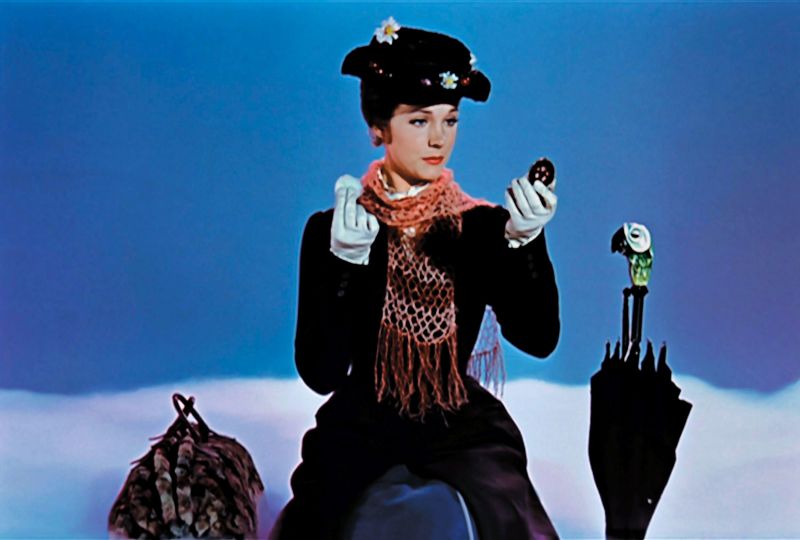
The Evolution of Film Ratings: Mary Poppins and the Impact of Historical Language

Exploring the recent age rating change for Mary Poppins in the UK and its implications
The Historical Context
In a recent decision by the UK's film regulator, the beloved 1964 Disney musical 'Mary Poppins' has undergone a shift in its age rating, moving from a Universal rating to Parental Guidance. This change was prompted by the presence of a racial slur, once used by White Europeans to describe the native peoples of southern Africa, in the film. The British Board of Film Classification (BBFC) highlighted the use of the discriminatory term 'hottentots' in 'Mary Poppins,' leading to a reevaluation of its suitability for younger audiences.
The beloved children
The Legacy of 'Mary Poppins'
Starring Julie Andrews and Dick Van Dyke, 'Mary Poppins' follows the enchanting journey of a magical nanny who brings joy and order to the Banks family. The film, a box office hit with multiple Academy Awards, has cemented its place in cinematic history. However, amidst its accolades, 'Mary Poppins' has faced criticism for its portrayal of discriminatory themes, including instances of blackface.
Addressing Historical Language in Film
The inclusion of derogatory language like 'hottentots' in 'Mary Poppins' raises important questions about the treatment of historical content in modern cinema. The BBFC's decision to update the film's rating reflects a broader conversation within the industry about how to navigate problematic aspects of classic films. As audiences become more conscious of representation and inclusivity, film regulators and studios are reevaluating their approach to addressing racist or offensive content in movies.
This move signals a shift towards greater awareness and sensitivity in film classification, encouraging discussions about the impact of historical language on contemporary audiences. While 'Mary Poppins' remains a cherished part of film history, its revised rating serves as a reminder of the evolving standards in storytelling and the responsibility of creators to engage with the complexities of the past.












